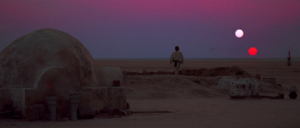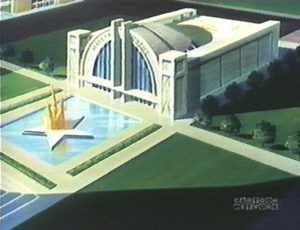Happy February everyone! We’ve seen a lot of great articles this month about tension. What it is, what it means and how to bring it to life. For my post, I’d like to highlight one of my favorite mechanisms for creating this delicious extended period where the reader is squirming in his or her seat. Let me introduce you to a little concept I call the Tension Engine.
The tension engine is basically a ticking clock, an escalating background situation that the heroes must deal with in addition to whatever conflict might be directly opposing them on a scene-to-scene basis. It is not the immediate problem, it is that secondary oncoming problem running underneath it all. Not as immediate as a direct conflict like a man with a gun blocking the heroes way, or a trap door suddenly opening under their feet. No, this is the problem they remember after they solve that one- -they moment where they (and the reader) say “Oh right, there is still that to deal with.” The smile drains from their faces, their recent triumph quickly forgotten. There is still much work to do.
The tension engine is often an external obstacle not created by the antagonist at all, but rather a force of nature. In the worst (or best) cases, it is not even resolvable. It is a train coming down the tracks at our heroes and it doesn’t care whether they move or not.
A good friend of mine created one of these in one of her stories, bringing me to notice the concept for the first time. The main heroes had taken on an automaton of sorts as they struggled to escape the villains through a moving train. The automaton was loyal to them at first, but quickly it became apparent something was wrong. It was growing more violent with each encounter they had with their foes, and it was obvious at some point it would become uncontrollable. Without this ally, they had no hope of defeating their enemies, but staying with it seemed to be risking death.
I found this brilliant, and began to look for other examples of this concept in popular fiction.Not surprisingly I found it everywhere. The tension engine is the bomb that cannot be defused, forcing our hero(es) to recklessly try to escape to a safe distance. It is the fast acting virus that cannot be cured, its victim perhaps privy to key information that the heroes must extract before he expires. It thrums along in the coming storm, an onrushing cloud of nature’s violence that cares not for the conflicts of the humans below it.
The tension engine is a great tool to fire off in your story early, keeping things from ever feeling too calm, too safe. No matter what problems your characters might solve or victories they might achieve, the engine still runs like an unstoppable machine- -keeping your heroes nervous and your reader interested.



